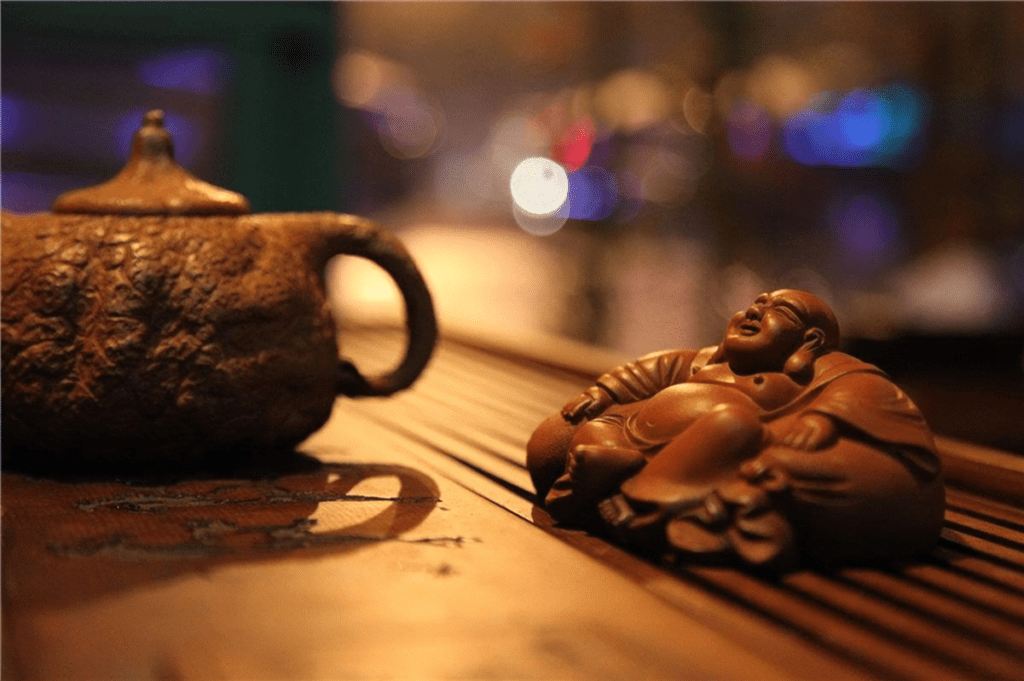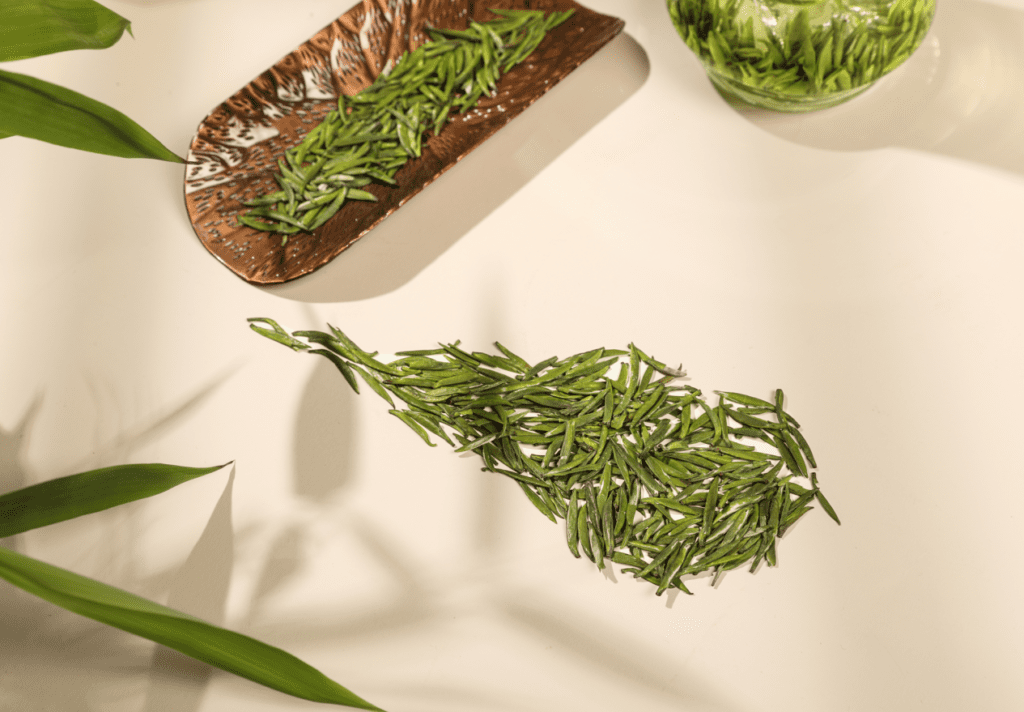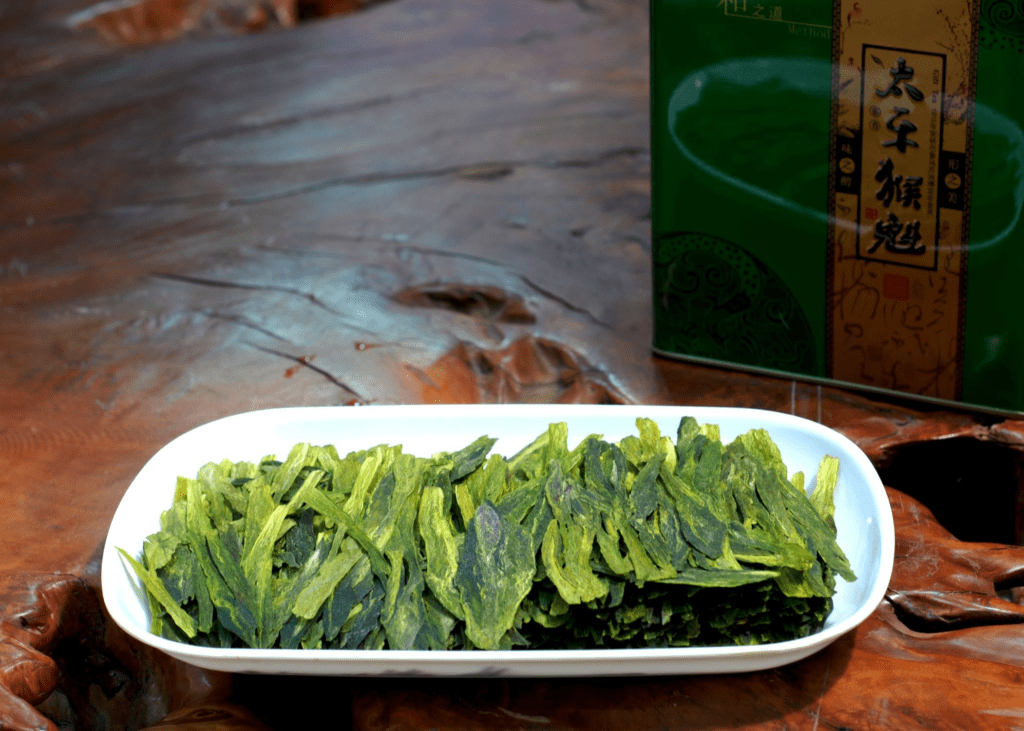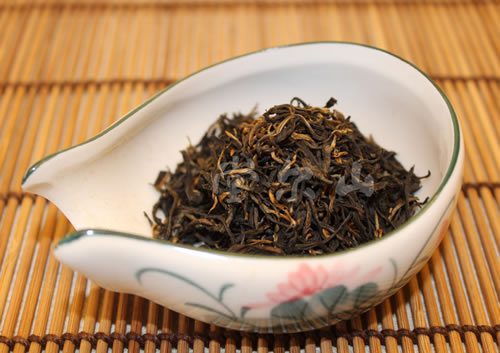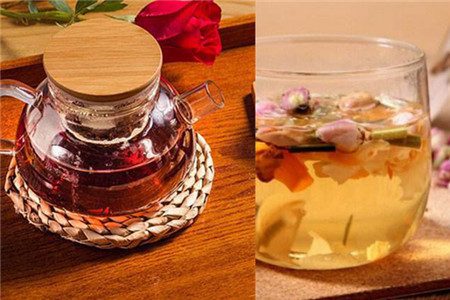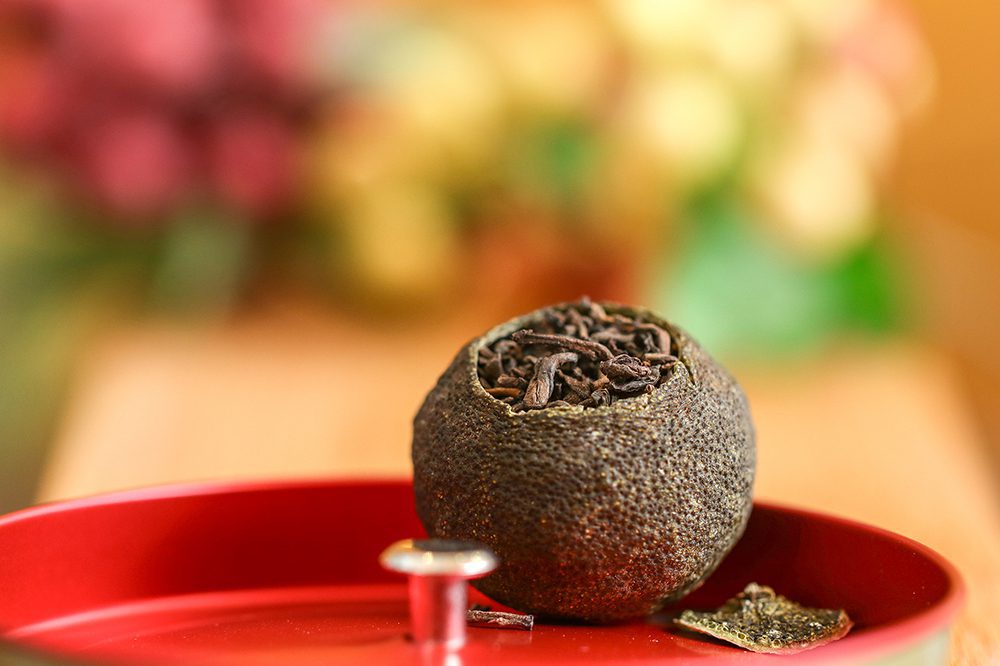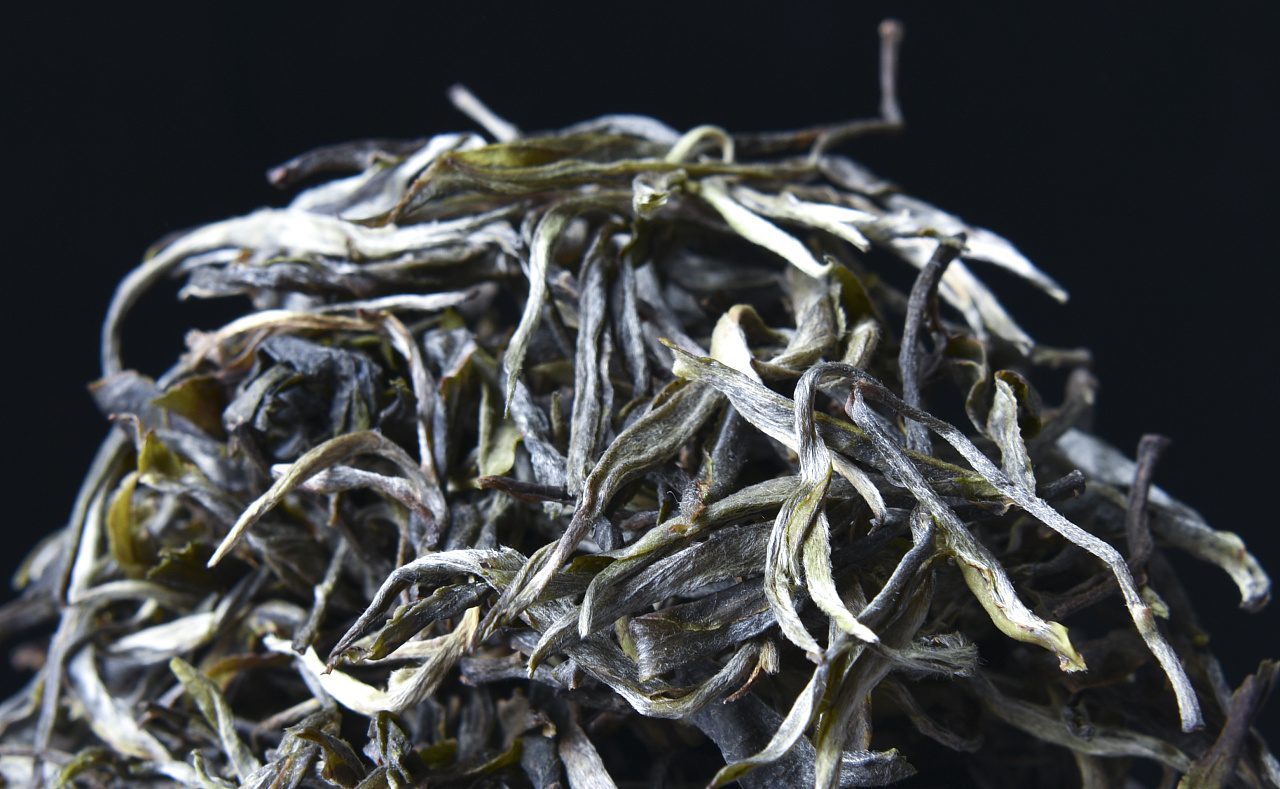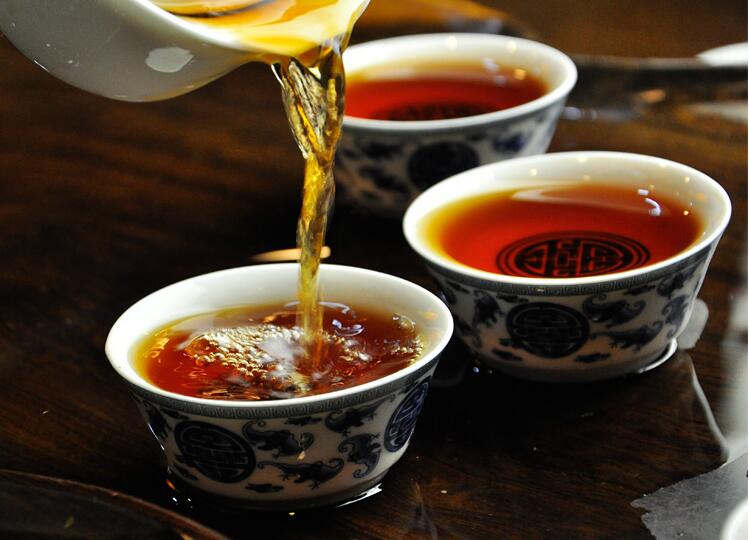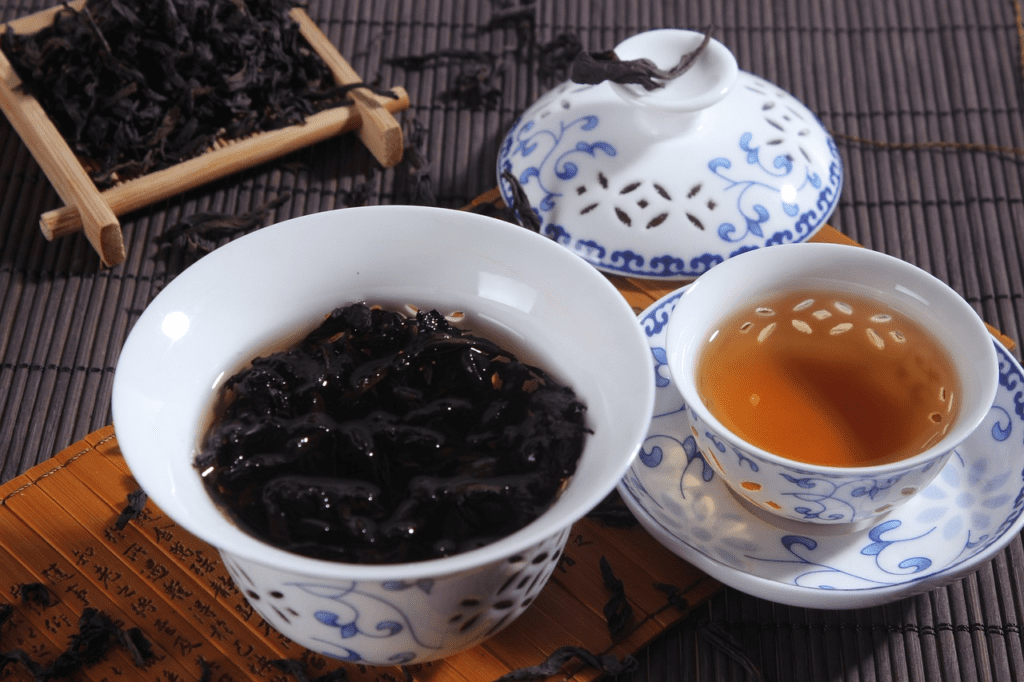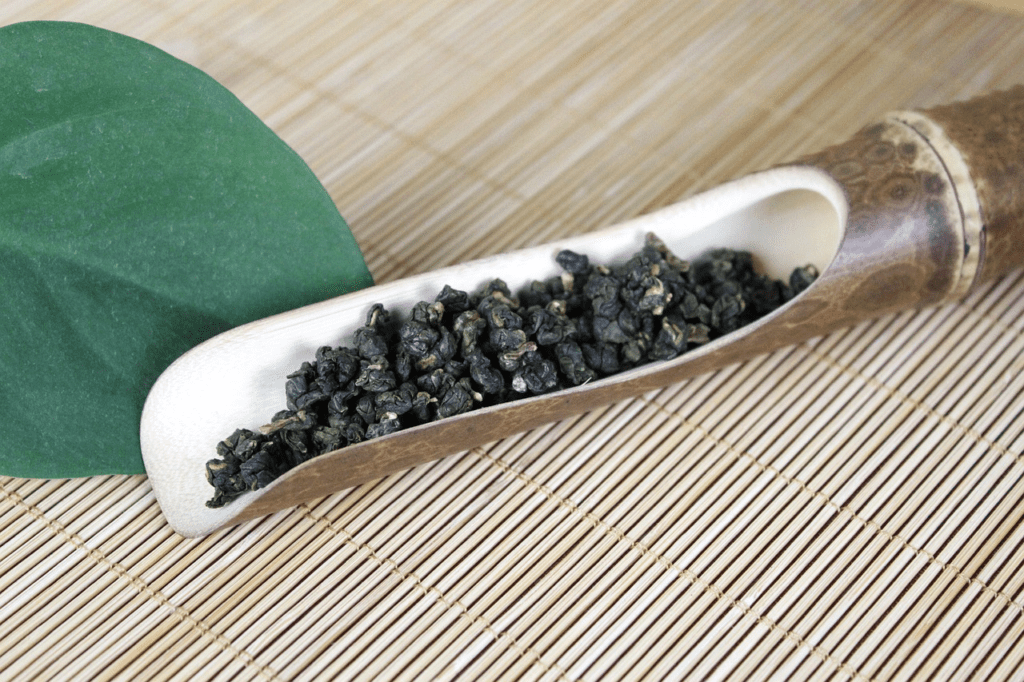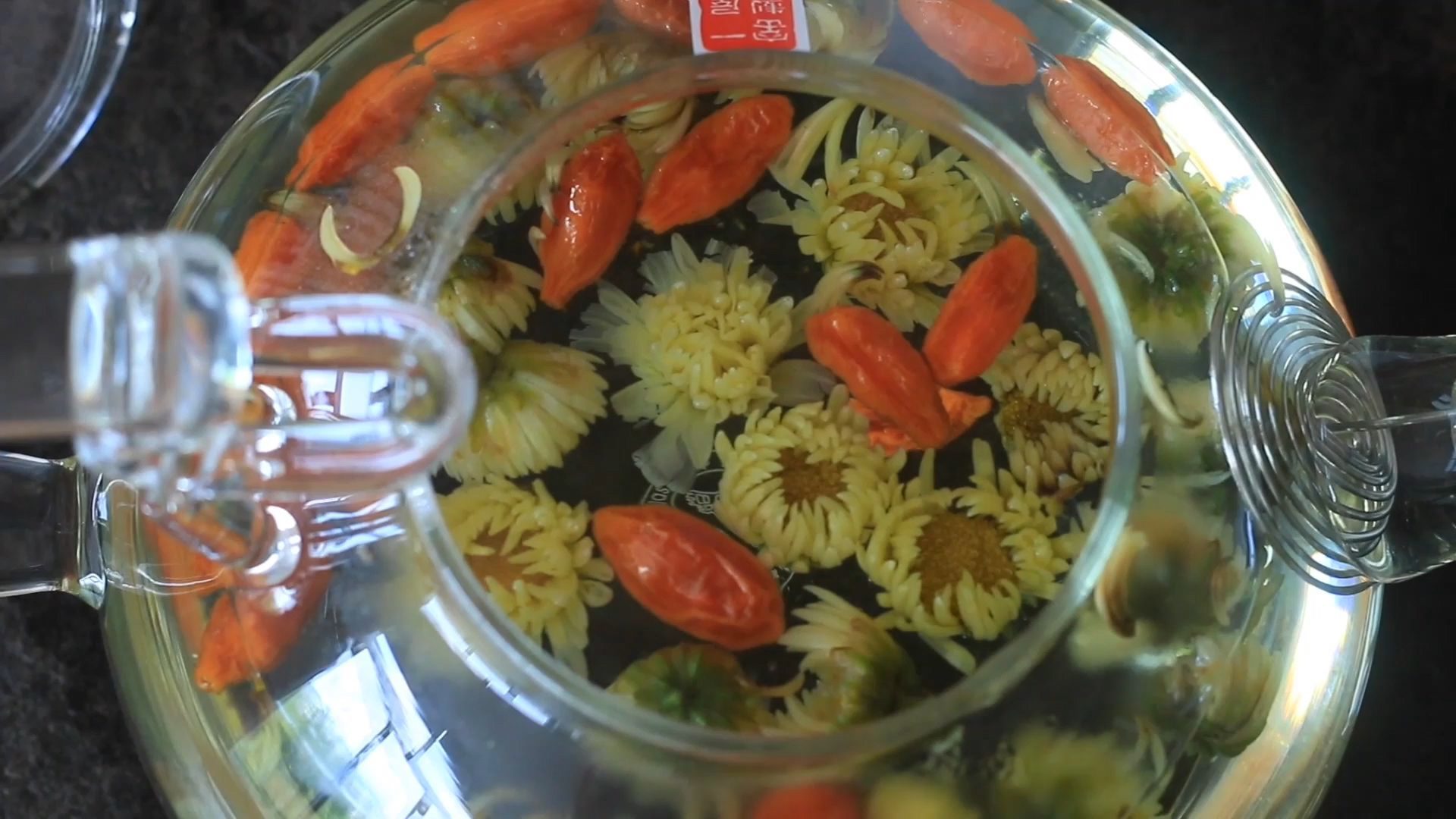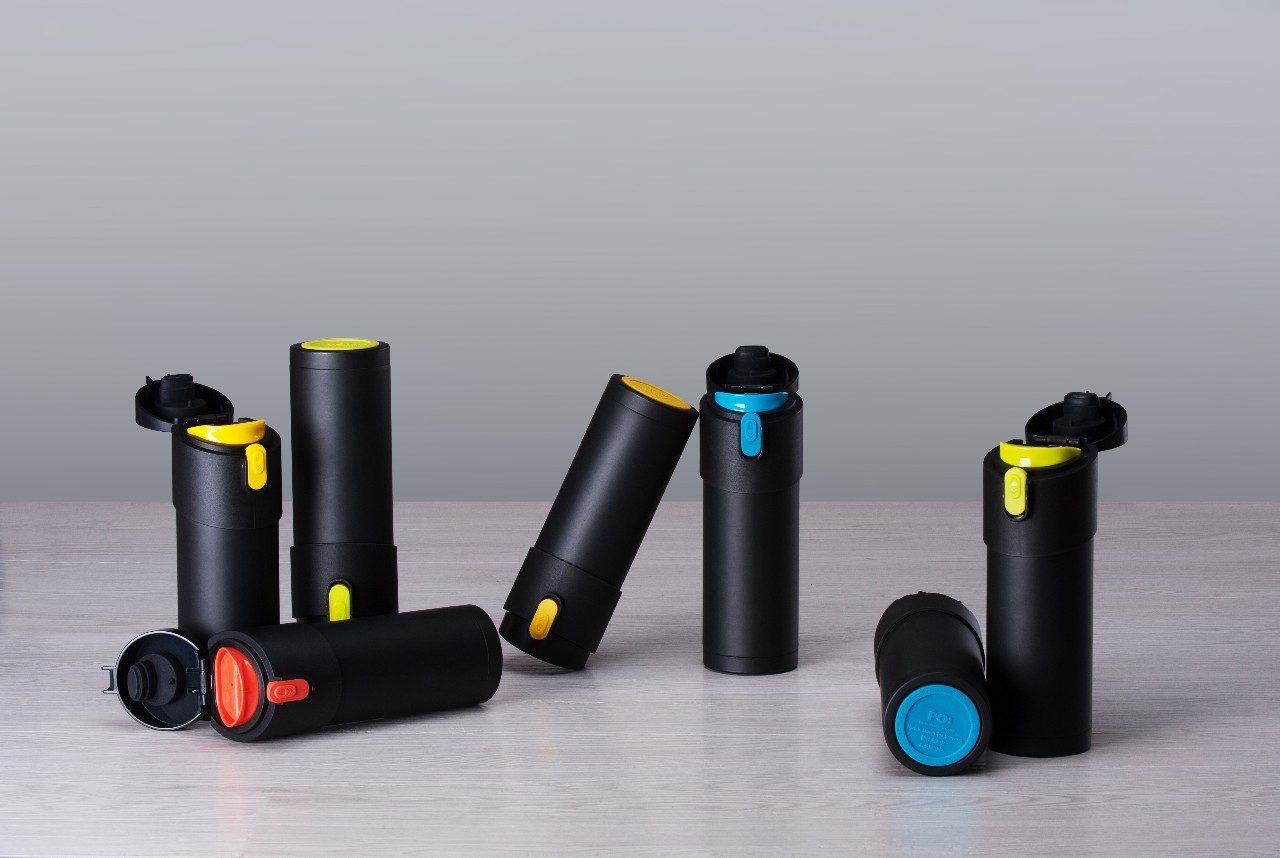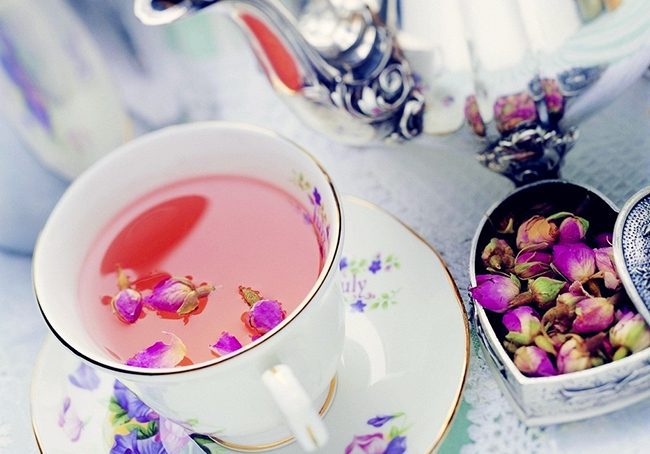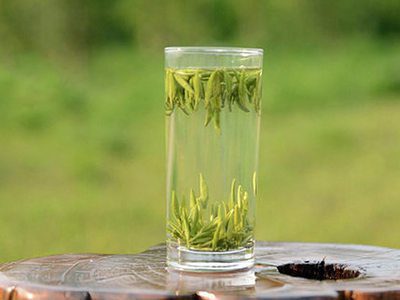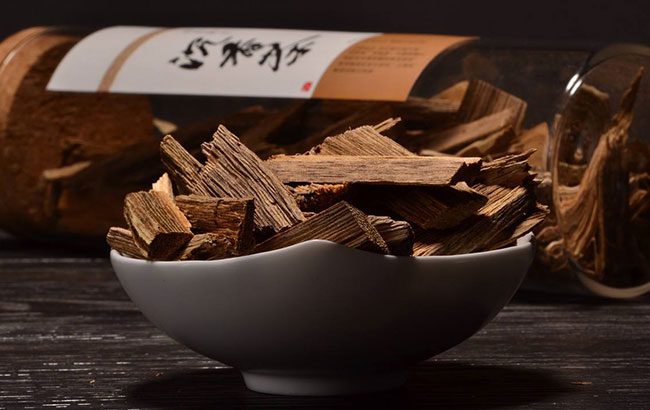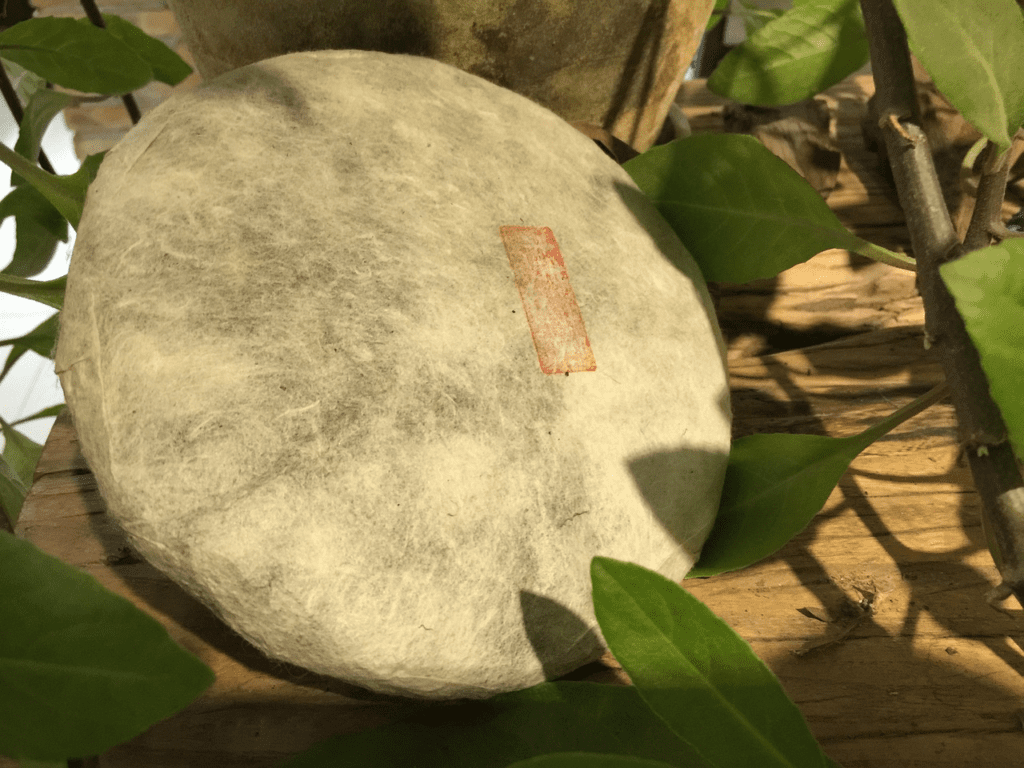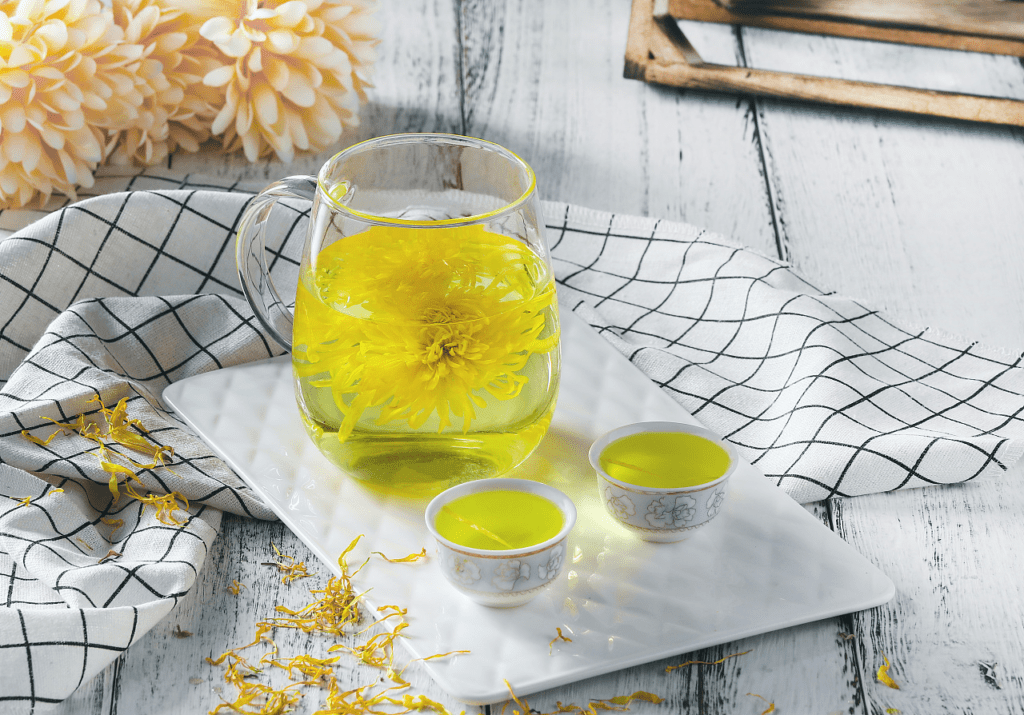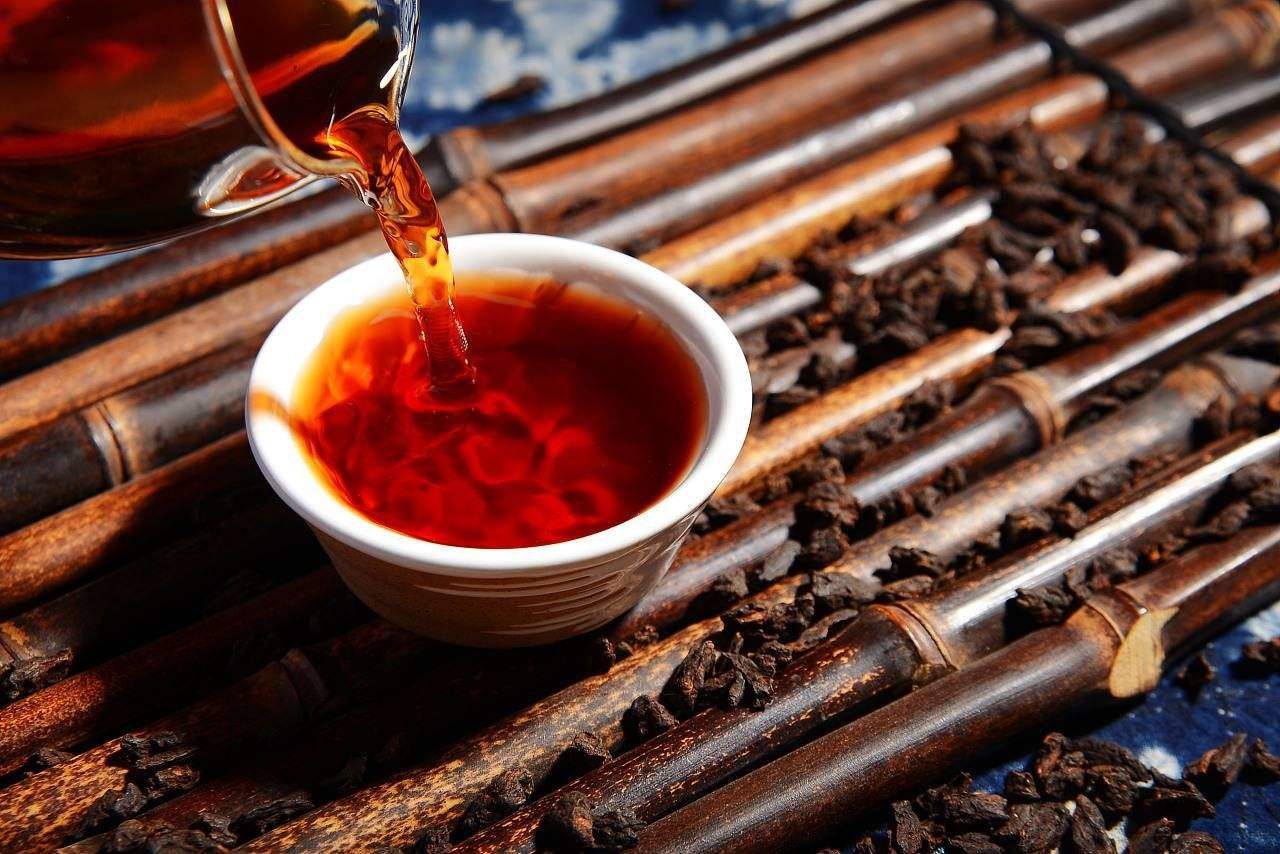What is a tea fossil?
Tea fossils, the name sounds a bit mysterious, even a bit like something dug up from an archaeological site. In fact, tea fossil is a special form of Puerh tea. After a special process of pressing and molding, it has a hard and solid appearance and resembles a fossil, hence the name. Tea fossils not only have a unique appearance, but also a unique flavor, which makes them a favorite among Puerh tea lovers.
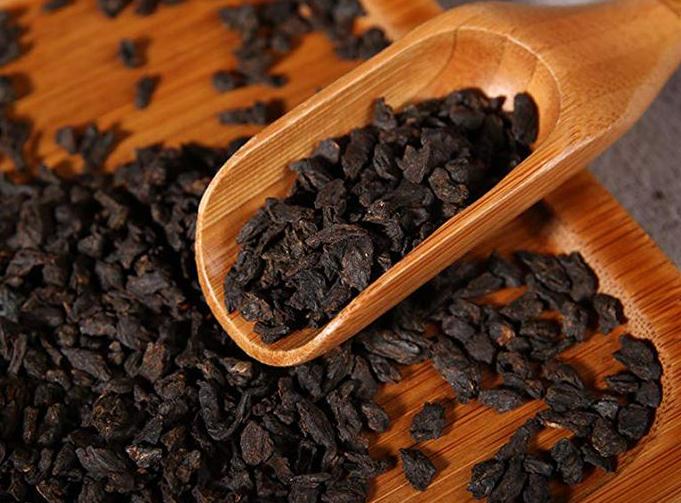
(Image source: Internet, deleted)
Characteristics of tea fossils
Tea Fossil has a very hard, stone-like appearance, but is able to release rich tea flavor and tea broth after brewing. Compared with ordinary Pu-erh tea, the production process of Tea Fossil is more complicated, requiring several steps of kneading, fermentation and drying. It is these complex processes that give Tea Fossil its unique taste and aroma.
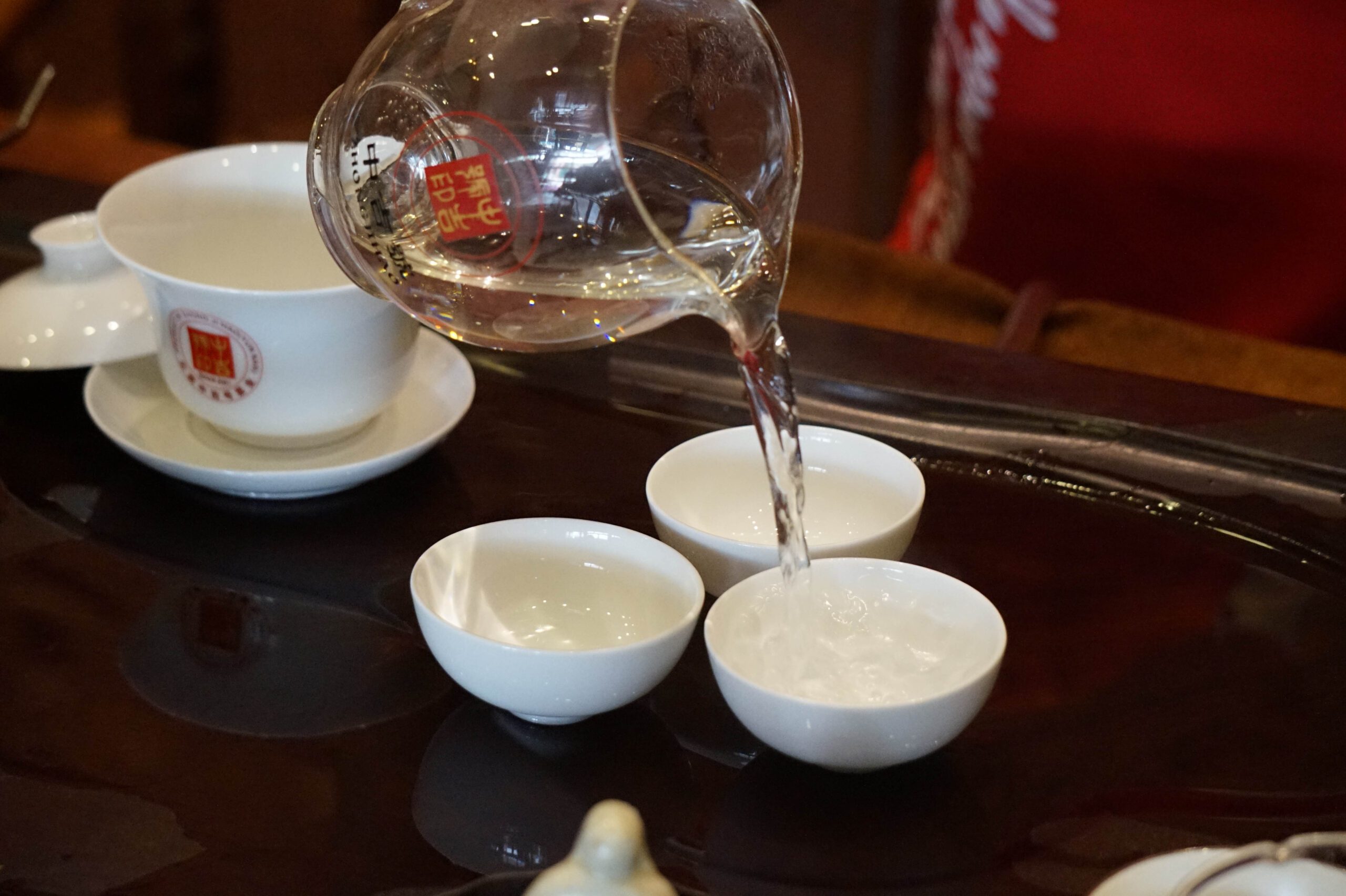
(Image source: Internet, deleted)
How to Choose a Quality Tea Fossil
Before brewing tea fossils, we first need to learn how to choose a quality tea fossil. There are many types of tea fossils on the market with varying quality. To choose a quality tea fossil, you can start from the following aspects:
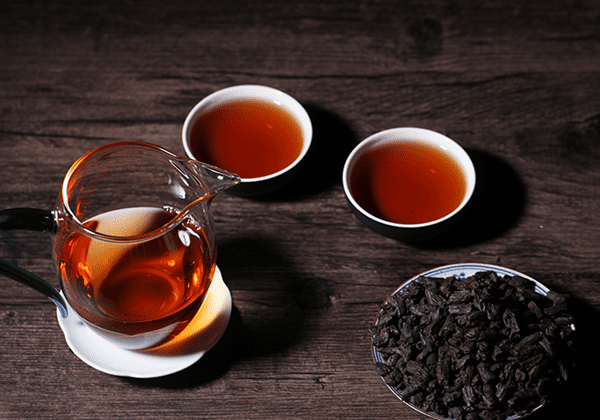
(Image source: Internet, deleted)
- exterior condition: Good quality tea fossils are uniform in color and have a clean surface with no visible impurities or mold spots.
- fragrance: Smells like a strong tea with no off flavors.
- playability: It feels heavy and substantial in your hand.
- particular year: Pu-erh tea is all about vintage, and aged tea fossils tend to have a better flavor.
Steps for brewing tea fossils
preliminary
Before officially brewing tea fossils, we need to do some preparation:
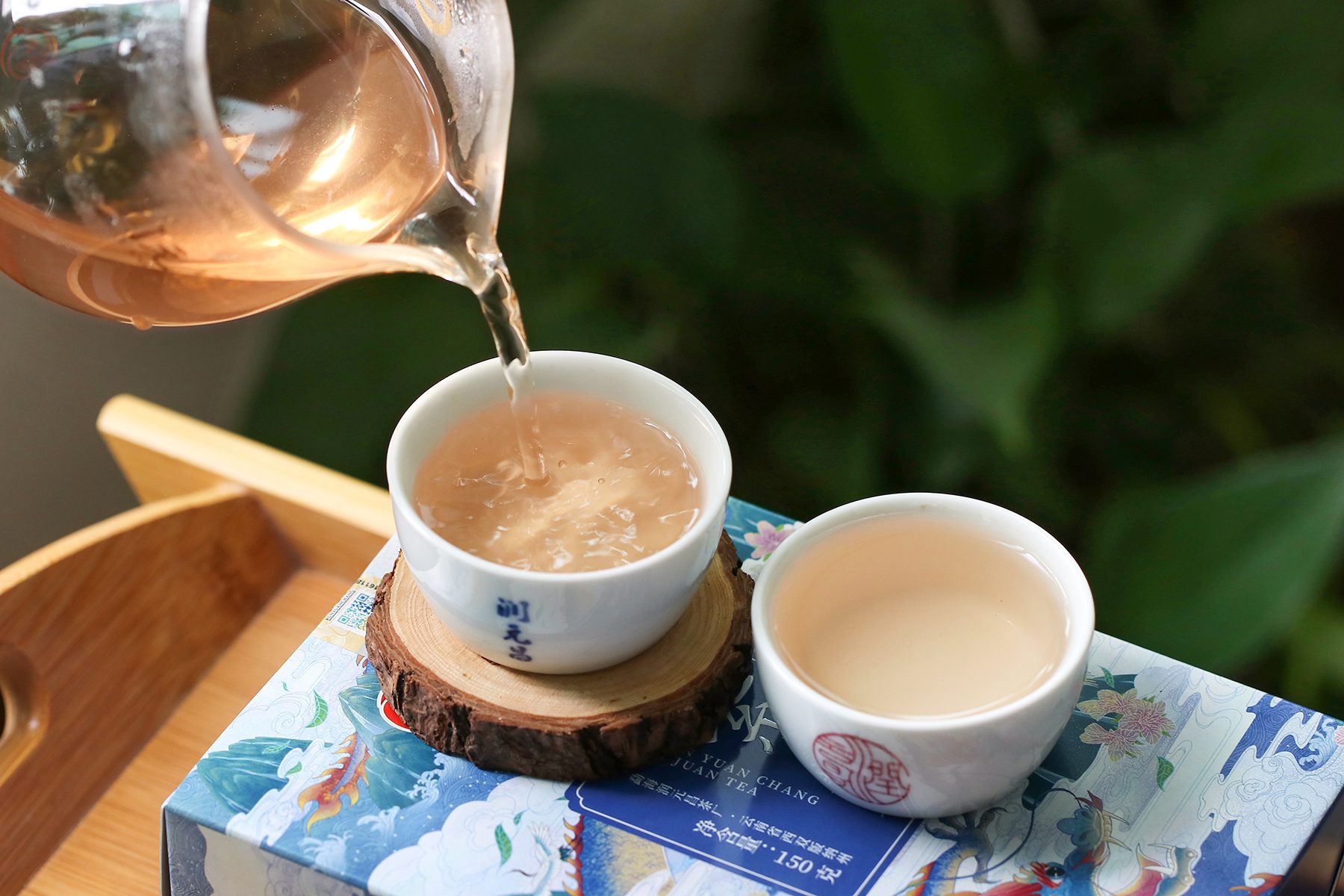
(Image source: Internet, deleted)
- tea service: Choosing the right tea set is the key to brewing good tea. Purple clay pots and gai bowls are good choices.
- quantity of tea: Generally, the dosage is around 5 grams per brewing, increasing or decreasing according to personal taste.
- water quality: Quality water enhances the flavor of the tea and it is recommended to use purified or mineral water.
- temperature of the body of water: Tea fossils need to be brewed in boiling water at 100°C to better release their aroma and flavor.
wake up (after tea break)
Waking tea is an important step in brewing tea fossils. Due to the fact that tea fossils have been pressed and have a tight internal structure, they need to be awakened to activate the tea. The steps to wake up the tea are as follows:
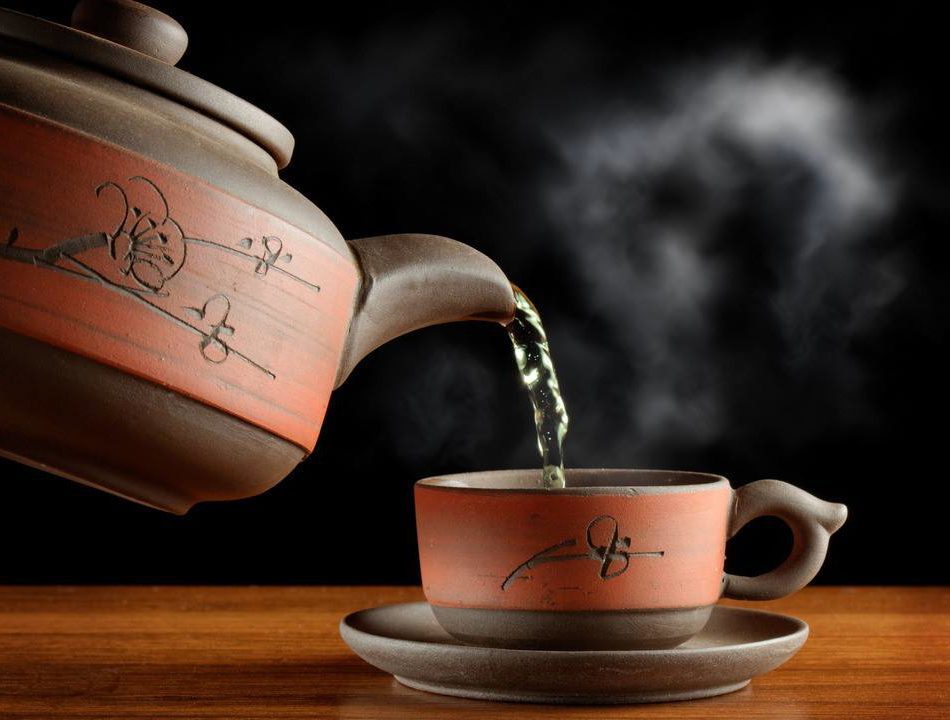
(Image source: Internet, deleted)
- Place the tea fossils in a tea set.
- Inject a small amount of boiling water, steep for 5 seconds and pour off. This step is mainly to clean the surface of the tea and remove impurities.
- Fill with boiling water again, cover and let sit for about 30 seconds. This step allows the tea to gradually stretch out.
Formal brewing
After waking up the tea is completed, you can carry out the formal brewing. The specific steps are as follows:
- Fill with boiling water, the amount of water should be enough to submerge the tea leaves.
- Cover and simmer for about 10 seconds. Depending on personal taste, you can extend or shorten the time.
- Pour out the tea and pour it into a teacup to sip.
Multiple brews
Tea fossils can be brewed several times, and the time for each brew can be gradually extended. Generally speaking, tea fossils can be brewed more than 10 times, and the time for each brewing is in the following order: 10 seconds, 15 seconds, 20 seconds, 25 seconds, 30 seconds ...... and so on. As the number of brewing times increases, the color of the tea broth will gradually become lighter and the flavor will become softer.
Tea Fossil Sipping Experience
Sipping tea fossils is a pleasure. When the tea soup enters your mouth, the rich aroma of tea comes to your nose, with a mellow taste and a long aftertaste. The aroma of tea fossils is rich in layers, some with fruity, some with floral, and some with aged aroma. Different tea fossils have different flavors, which make people have a long aftertaste.
Precautions for storing tea fossils
Storage of tea fossils is equally important. Proper storage methods will keep your tea fossils in top condition and prevent deterioration. Here are some things to consider when storing your tea fossils:
- uninteresting: Tea fossils are afraid of humidity and should be kept dry when stored to avoid moisture and mold.
- disclose information: Store in a well-ventilated environment, avoiding closed, stuffy environments.
- shun light: Tea is afraid of light, store it away from light and avoid direct sunlight.
- odorless: The storage environment should be clean and odorless to avoid the tea adsorbing odors and affecting the taste.
concluding remarks
Fossilized tea is not only a kind of tea, but also a culture. Its unique flavor and rich history have attracted the love of countless tea lovers. Through the correct brewing method, we can better savor the wonderful taste of tea fossils. We hope this article can help you better understand and enjoy tea fossils as part of your tea culture journey. Whether you are sipping tea alone or sharing it with friends, tea fossils can bring you endless pleasure and surprise.
